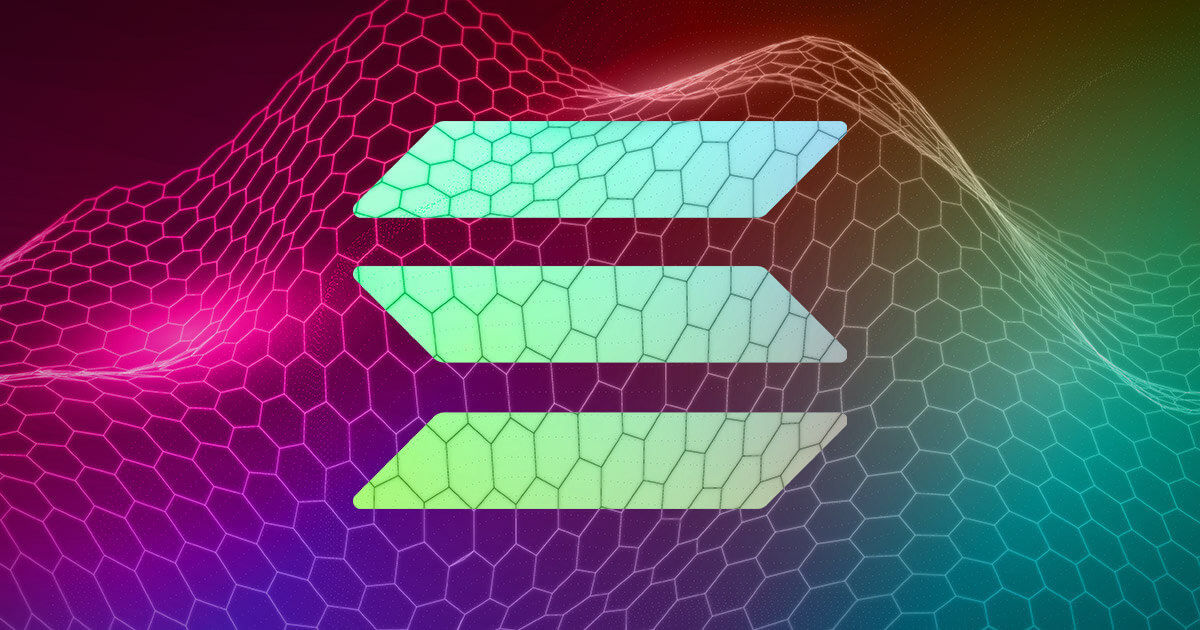Natasha Dean
Editor

Nitro is a virtual machine (VM) developed by Solana, a blockchain platform that aims to provide high-speed and low-cost transactions. Nitro is designed to run on top of the Solana blockchain, allowing developers to build and deploy decentralized applications (dApps) on the Solana network.
The Nitro VM is a critical component of the Solana ecosystem, as it allows developers to create dApps that can take advantage of the speed and scalability of the Solana network. This is achieved by using a unique architecture that separates the application layer from the underlying blockchain layer, which allows for faster and more efficient transactions.
One of the key features of Nitro is its ability to support multiple programming languages. This means that developers can use their preferred programming language to build dApps on the Solana network, rather than being limited to a specific language or framework. This makes it easier for developers to build and deploy dApps on the Solana network, which in turn makes it more attractive for developers to use the Solana network to build their dApps.
Another important feature of Nitro is its ability to support smart contracts. Smart contracts are self-executing contracts that are stored on the blockchain and can be automatically executed when certain conditions are met. They are a key component of dApps and are used to automate various functions and processes. Nitro allows developers to create and deploy smart contracts on the Solana network, which can be used to build a wide range of dApps.
Another important feature of Nitro is its security. Nitro uses a specialized security model that is based on the concept of WebAssembly (Wasm) sandboxes. This means that each smart contract is executed in its own isolated environment, which prevents any malicious code from affecting the overall security of the blockchain. This is a crucial feature for dApps that handle sensitive user data or financial transactions.
The Nitro VM also provides a high level of security for dApps built on the Solana network. The Nitro VM is designed to protect against common vulnerabilities such as buffer overflows and SQL injections, which are commonly used by hackers to gain unauthorized access to dApps. This helps to ensure that dApps built on the Solana network are secure and can be trusted by users.
Nitro also has a built-in mechanism for governance, which allows for community-driven decision making on the blockchain. This is achieved through the use of token-weighted voting, where users can vote on proposals and changes to the blockchain using their tokens. This allows for a more decentralized and democratic governance model, which is important for maintaining a healthy and decentralized ecosystem.
Nitro is also designed to be compatible with other blockchain platforms, such as Ethereum. This means that dApps that are built on Ethereum can be easily ported to the Solana blockchain, which allows for a seamless transition for developers and users. This also allows for greater interoperability between different blockchain platforms, which is important for the overall growth and adoption of blockchain technology.
One of the key features of Nitro is its ability to provide high-performance and scalability for dApps. This is achieved by using a unique architecture that allows for parallel execution of smart contracts. This means that multiple smart contracts can be executed at the same time, which greatly improves the overall speed and efficiency of the blockchain. This is especially important for dApps that require high levels of transactions, such as decentralized exchanges and gaming platforms.
In addition to its technical capabilities, Nitro also offers a number of benefits to developers who build dApps on the Solana network. For example, Nitro allows developers to easily scale their dApps as needed, which is important for dApps that are expected to handle a large number of users or transactions. Nitro also allows developers to easily test their dApps before deploying them to the mainnet, which helps to ensure that dApps are stable and free of bugs.
The Nitro VM is also designed to be highly performant, which is critical for dApps that require fast and efficient transactions. Nitro is able to handle thousands of transactions per second, which is significantly faster than many other blockchain platforms. This means that dApps built on the Solana network can handle large amounts of traffic without experiencing delays or slowdowns.
Conclusion
Overall, Nitro is a powerful and versatile virtual machine that provides developers with the tools and capabilities they need to build and deploy dApps on the Solana network. Its support for multiple programming languages, smart contracts, and high level of security make it an attractive option for developers looking to build dApps that can take advantage of the speed and scalability of the Solana network. Its ability to handle thousands of transactions per second, and easily test and scale dApps, make it a reliable and efficient option for developers. With Nitro, Solana is entering the cosmos of blockchain technology and is set to revolutionize the way dApps are built and deployed.